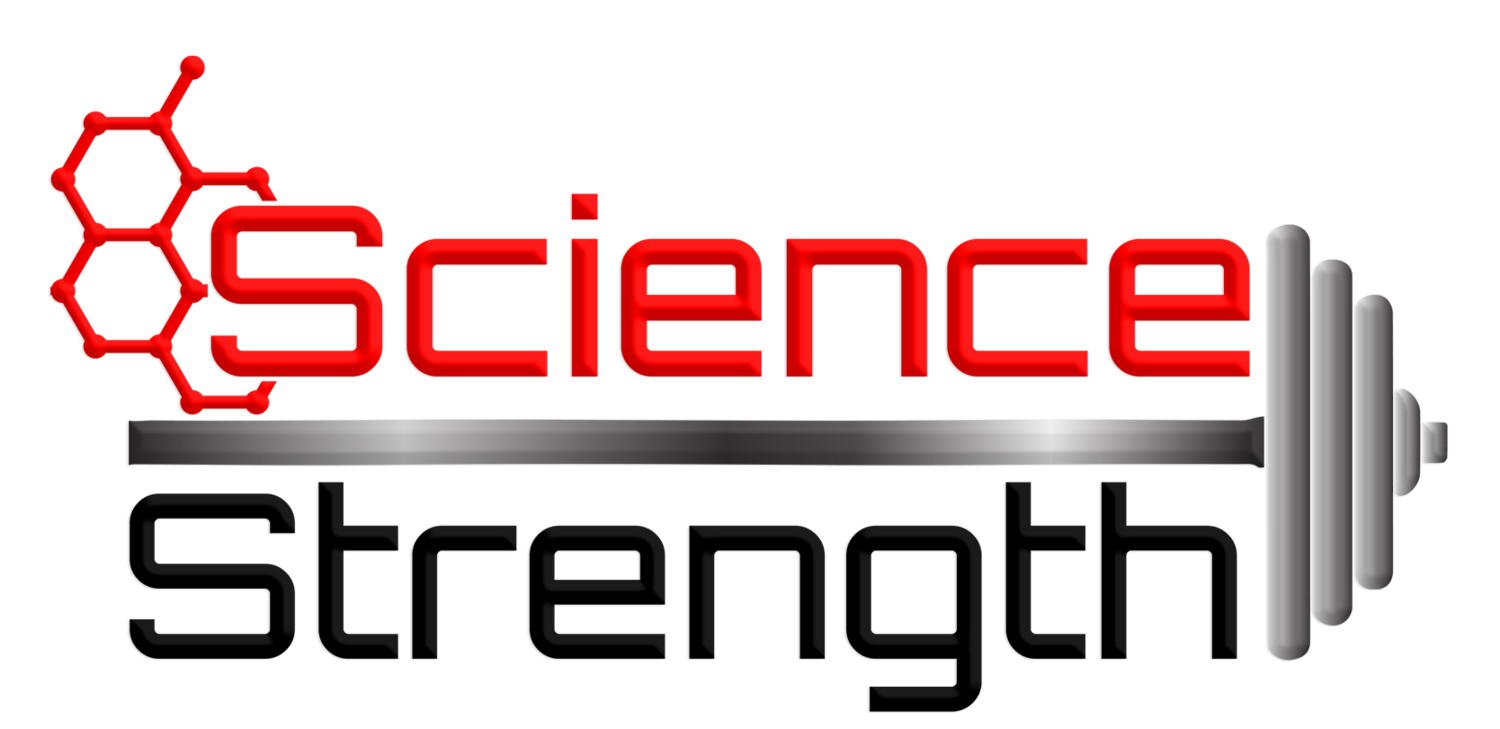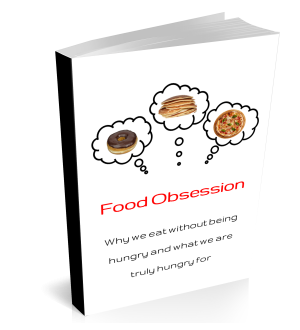Who isn’t tempted by the idea? - Eat as much as you want and lose weight at the same time. That’s the reason why fad diets attract so many people after all.
Eat as much starch as you want (starch solution), eat as much fruit as you want (801010), and so on.
But wouldn’t it be great to abandon the restriction of the fad diets and just eat whatever you want without all the calories from it?
That’s where carb blockers and fat binders come into the game.
Carb Blockers
Carb blocker are substances, usually extracted from white kidney beans, that block carbohydrate-digesting enzymes.
However, the name 'carb blocker' may be overestimated to some degree. Carb blockers (aka extract of Phaseolus vulgaris) don’t inhibit all carbohydrate-digesting enzymes; they act only on amylases, the enzymes that digest complex carbs (starches). Simple carbs (sugars), either don’t need to be digested to be taken up by the body or are converted into absorbable forms by other enzymes.
Carbs that can be potentially blocked by carb blockers: Starches coming from foods like
- Bread
- Pasta
- Grains, like rice, oats, quinoa, etc.
- Legumes, like chickpeas, beans, lentils, etc.
- Starchy veggies, like potatoes
Carbs that aren’t blocked by carb blockers: All simple carbs like glucose, fructose and sucrose found in
- Fruits
- Sugary junk food, like candies, ice cream, chocolate
- Sugar-containing soft drinks
How effective are carb blockers?
One shouldn’t forget that enzymes are highly efficient ‘machines’ that evolved and were optimized over the past hundreds of thousands of years. Even if one fraction of enzymes in the digestive tract is inhibited, the few remaining are so potent that they can digest a significant amount of starch molecules. It will just take longer. Thus, you can’t expect that by taking a carb blocker you can block starch digestion and absorption completely.
Also, there is the chance that the starch that doesn’t get digested and absorbed will be converted into short chain fatty acids by the intestinal microbiota. These short chain fatty acids are taken up by the human body and contribute to ingested calories.
Let’s do the numbers – which is a very speculative idea from my side:
An in vitro (in the reagent tube) research study has shown that amylase inhibitors have the potential to inhibit about 50% of starch-digesting enzymes. Although this finding is not directly transferable to what happens in the human body, let’s assume that 50% of the starch is digested and absorbed. The remaining 50% will be processed by the gut bacteria, giving us 50-75% of the energy in the form of short chain fatty acids (under the assumption that starches are treated like fibers and possess the same calories content after being transferred to short chain fatty acids).
Making these speculative and very vague assumptions, we would, in theory, still get over 75% of the calories for the eaten starches and lose only 12.5-25% (in the ideal case).
Well, 12.5-25% is better than nothing, but it definitely doesn’t support the idea of eating as many carbs as one wants without gaining weight.
Stop the speculations and speak about real humans!
Multiple human studies were conducted to assess the efficiency of carb blockers on weight loss in real life settings (1, 2, 3, 4, 5, 6). The evidence in support of carb blockers is mixed and inconsistent. The effectiveness of carb blockers depends on the amount and the type of carbohydrates in the diet. Some research studies have found no significant difference in weight loss between the carb blocker and the placebo group (4, 6), whereas others did (2, 3, 5). However, even the studies that found a difference, couldn’t present any impressive findings. The average weight loss rate in most studies was about 1 kg per month. Considering that participants in all studies were overweight or obese individuals and the trials were often combined with a calorie-restricted diet, the effectivity of carb blockers is pretty poor in my opinion.
Fat Binders
A fat binder (aka chitosan) is a substance that is supposed to bind fat in the intestine and prevent fat from being absorbed. According to fat binder sellers, 2 capsules of a fat binder containing 1 g of the active compound can bind 60 g fat. This sounds like a dream! Sadly, there is a ‘but’. It is likely this amazing finding was obtained in an in vitro study, in which fat, water and chitosan were mixed in a reagent tube to detect how much fat chitosan can bind. Studies conducted in humans show less optimistic findings.
In a research study in which the participants supplemented with 15 capsules a day (5.25 g chitosan) and consumed 135 g of fat daily, the fat absorption in participants was the same before chitosan supplementation compared to the days when the supplement was taken (6a, 6b).
Another study examining supplementation with 2.5 g chitosan per day found out that chitosan could prevent the absorption of 1.8 g fat per day in men, but had no effect on female participants (7). These findings are in line with a third study that found that fat absorption decreased by 1.1 g per day in men supplementing with 10 capsules of chitosan per day (8).
These findings suggest that one fat burner capsule has the ability to bind 0.11 g fat. Considering that the average price for a fat burner capsule is 60 cents when purchased from a bulk supplement supplier, the best advice I can give is:
If you want the same effect that fat binders provide and save money at the same time, eat 1 g fat less in a day. It will save you 9 kcal and 6 Euros (which is nearly the same in US$).
Weight loss studies over a prolonged time period (up to 6 months) examining chitosan supplementation found either no difference in fat loss between the supplementation and placebo group (9, 10) or a small difference. Also, a review reviewing research studies on fat binders concluded that chitosan’s effect on weight loss is minimal (12). The highest fat loss seen from starting chitosan supplementation was 1% body fat loss in 3 months in overweight individuals (13). However, given the participants didn’t change their habitual energy intake throughout the study, which was considerably low with 1700-1800 kcal per day anyway, it is possible that an increase in activity led to increased fat loss in the supplementation group. As the activity level was not monitored, it is not possible to exclude this possible confounding factor. Another research study reported about a decrease in body fat by 0.8% body fat in 2 months in the supplementation group (11). A possible confounding factor in this study is that not all subjects provided dietary records and that there was a trends towards decreased fat intake in the chitosan supplementation group.
When Taking Blockers Makes Sense
As should be clear by now, fat binders seem to be a pure waste of money. Eating a few grams less of fat per day is as efficient as taking fat binders, and much cheaper too.
Carb blockers are more interesting. They can be a useful tool in the big pool of weight loss tools. It doesn’t make sense to make carb blockers an everyday component of a weight loss diet. A weight loss diet shouldn’t be centered around starches anyway. Getting majority of calories from satiating, nutrient-dense food like vegetables, combined with sufficient protein and (essential) fatty acid sources should be the prime goal of an energy-restricted diet plan. Starches, especially refined starches like white bread, don’t fulfil the beforementioned criteria. There is, however, one exception: potatoes – they performed very well on the satiety level and aren’t too bad regarding their nutrient content. The same may apply to other starchy vegetables, however, at this point I extrapolate the data based on my assumptions and not proven research findings.
Carb blockers can be a useful tool for social events, like birthdays, meals out with friends or similar occasions. When you are on a weight loss diet, it makes sense to avoid any unnecessary calories.
When you go out and want to minimize the damage by taking carb blockers, follow these points to benefit from carb blockers the most:
- Choose foods that are satiating, higher in starches and low in fat and sugar. Good choices are starchy veggies like potatoes. However, don’t choose French fries or fried potatoes, as they violate the low fat criterion.
- Get protein and lots of fiber-rich veggies with your meal, regardless of whether you take carb blockers or not, as they are filling. The more you fill yourself up with satiating lower-calorie food, the less high-calorie food you will fit in.
And don’t forget: carb blockers are a damage-reduction tool after a starchy meal, not the ‘free ticket’ to overeat on starches.








































 only then he made suggestions. You might be a bit surprised why sports background matters. If the squat technique is correct, it shouldn't matter if one is powerlifter or weightlifter or crossfitter after all. Right?
only then he made suggestions. You might be a bit surprised why sports background matters. If the squat technique is correct, it shouldn't matter if one is powerlifter or weightlifter or crossfitter after all. Right?